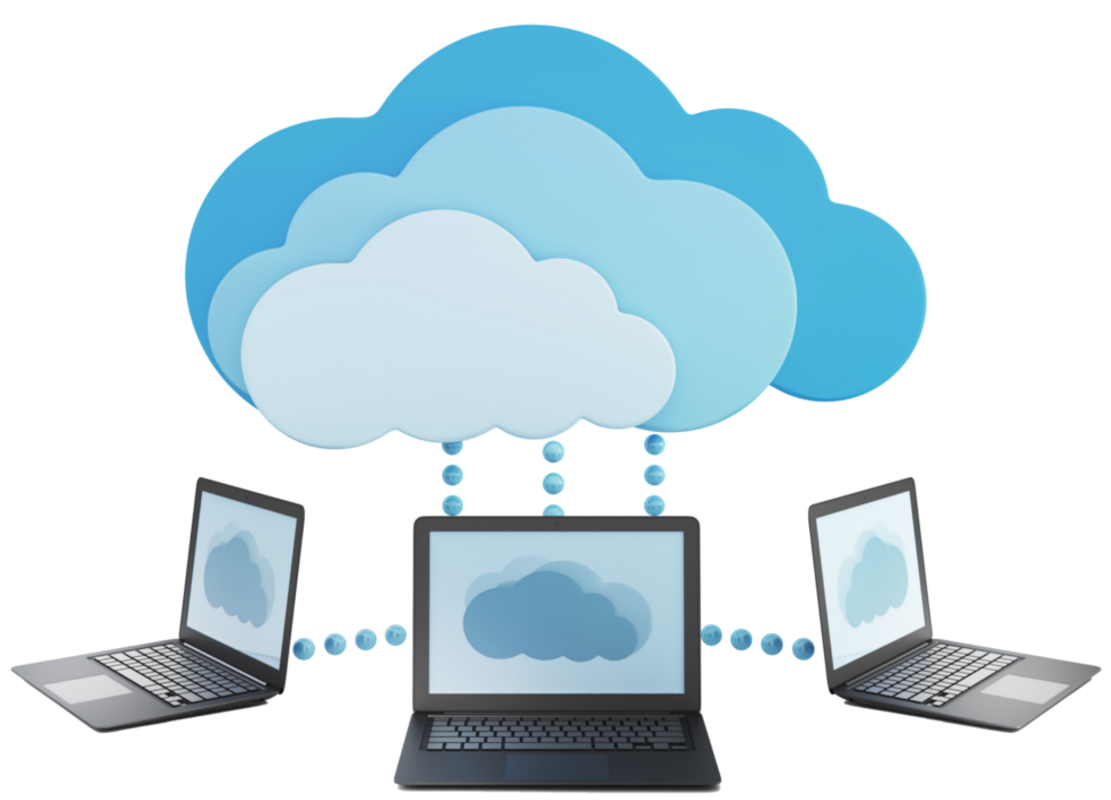TL;DR
- Backups are not often considered important
- Cloud storage services can mitigate risk of data loss
- External drives and NAS are other options for backup
- Test backups and keep a copy offline
For most people, backups are the sort of thing you don't pay attention to until you need them. A number of clients have recently required specialist data recovery as their hard drives had failed and they wanted to get back their precious photos and documents. These services can cost upwards of $1000 so it is generally the last resort. The reality is that hard drives and storage devices do fail, so it is always worth have at least 2 copies of your data. Fortunately there are a number of ways you can do this these days.
Cloud services such as Dropbox, iCloud, Google Drive or Microsoft's OneDrive are all ways that you can store documents and photos somewhere other than your PC. Most cloud services offer a free service but this is usually limited to a few gigabytes of storage. This won't last long as photos and videos will easily fill that space in a very short time. Paid options are worth looking at (especially compared to the price of professional data recovery) and if you are bundling in your subscription with other services, this can be good value. In the case of Drive and One Drive, if you are paying for the G Suite or Office 365 packages then you will get increased storage bundled in with those plans (see https://gsuite.google.com.au/intl/en_au/pricing.html and https://products.office.com/en-au/office-365-home). The other benefit of cloud storage is that you can access your files from other devices and locations. Be aware though that you will need a reasonable internet connection and data quota in order to sync your files to the cloud.
A more traditional option is to backup to an external drive. These are readily available from Officeworks, or other tech stores, and a reasonably sized 2 TB portable drive will cost around $100. Windows PCs and Macs require require an initial setup to connect the external drive for backup, but once this is done, they will automatically backup after that. The guide to backing up in Windows 10 is available at https://support.microsoft.com/en-us/help/17143/windows-10-back-up-your-files and for Macs you can access this at https://support.apple.com/en-au/mac-backup.
Another option for local backup is to use Network Attached Storage (NAS). These are essentially hard drives that connect to your network and can be used as centralised storage for backups and file sharing (photos, videos etc.).
The benefit of NAS is that you can backup multiple computers to the same storage on the network.
QNAP and Synology are popular brands and their products start from $150. You may need to purchase the hard drive separately so consider this when evaluating these options. To backup to a NAS device, you will typically use the software that comes with the product. Ensure that your router is fast enough to support the network traffic (at least gigabit ethernet). For more information go to https://www.qnap.com/en-au/ and https://www.synology.com/en-global/support/nas_selector.
Cloud and local drive backups are not exclusive and I would recommend using both. Having multiple backups can reduce the risk of losing your data to a ransomware attack or other failure. It is also worth testing your backups by restoring a file every now and then. You don't want to find out after the fact that your backups are not working, so test these regularly. So before your computer storage fails, make the effort and get a good backup, fast!

